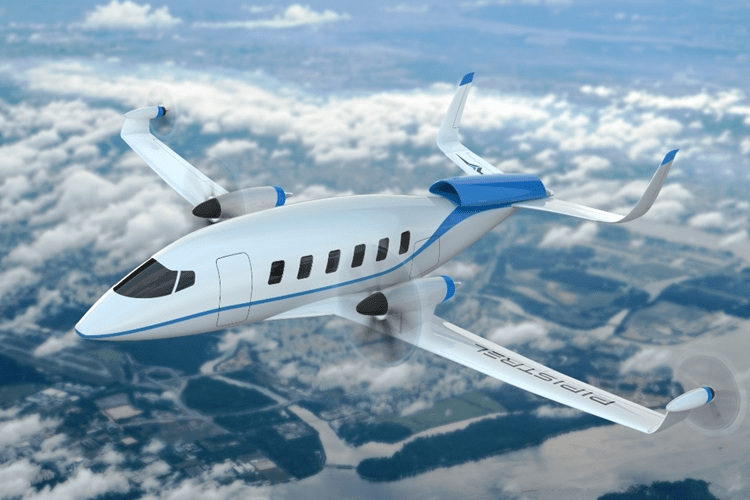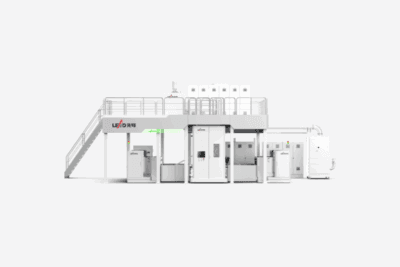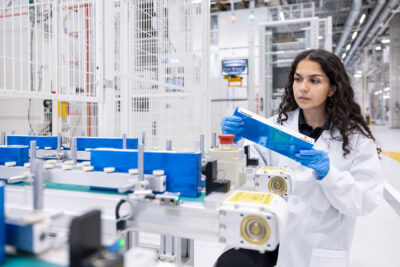MATISSE: Research project on solid-state batteries for electric aircraft
Specifically, the AIT is talking about an “aeronautical application”. For larger commercial aircraft, direct electrification of the propulsion system is currently rather unlikely; here, e-fuels (or Sustainable Air Fuels, SAF for short, in aviation) are most likely to contribute to decarbonisation. However, some electric propeller drives are already being offered for smaller aircraft.
However, the key challenge in helping electric aircraft to gain more market share is not so much the electric motors as the energy storage systems. In order to meet the requirements of aviation, the batteries need a high energy density and must also be very safe. Solid-state batteries made from active materials with a high energy density and solid, non-flammable electrolyte are therefore ideal for this application – if they come onto the market in a few years’ time.
In order to optimise the installation of batteries in aircraft (whether purely electric or hybrid), the MATISSE consortium is pursuing a special approach: the solid-state batteries are to be designed as a load-bearing component and thus integrated into the structure of the aircraft fuselage. Until now, the batteries have not been a structural component of the aircraft design, but have been built into the load-bearing frame.
Battery to be integrated into aircraft structure
The MATISSE consortium aims to develop multifunctional, structural components with an integrated semi-solid-state battery. In order to integrate the battery cells into the aircraft structure, the researchers want to investigate the suitability of solid laminate and sandwich structures, for example. In addition, sensors are to be built directly into the battery and the structure in order to measure safety and performance.
For the cells themselves, the researchers want to work with NMC811 cathodes, Si/C anodes and “solid-state batteries made of active materials with high energy density and solid, non-flammable electrolyte”. This should result in an energy density of 170-270 Wh/kg at cell level. If such cells are integrated into solid carbon fibre composite laminates, it should be possible to store more than 500 Wh per kilogram. According to the AIT, this corresponds to “more than doubling the specific energy of today’s modules with monofunctional batteries”.
This will not stop at theoretical research. As part of MATISSE, a demonstrator is to be developed that will be installed on the wingtip of a Pipistrel Velis Electro – you can read a flight report on this aircraft here. Editor’s note: The article picture does not show a Pipistrel Velis Electro, but the Pipistrel PVRK-1 Miniliner Concept with such modules on the wingtips.
The module is to comprise 40 battery cells with 72 volts DC. Extensive tests are to be carried out by the end of the project in 2025. The results of the project will also include aspects relating to flight certification, sustainability over the entire life cycle and virtual scale-up in order to pave the way for the industrialisation of such batteries.
In addition to AIT as the coordinator and Pipistrel as the manufacturer of the electric aircraft, CIRA (Italian Aerospace Research Centre), Sensichips, Lead Tech, Israel Aerospache Industries and KIT from Germany are also involved.
“The road to climate-neutral aviation is just beginning,” said Helmut Kühnelt, researcher at AIT and MATISSE coordinator. “As with the previous SOLIFLY project, MATISSE will provide support to the European aviation industry in the spirit of the Green Deal with pioneering battery technologies to launch hybrid-electric short- and medium-haul aircraft and thus make a significant contribution to achieving the Paris climate targets.”





0 Comments